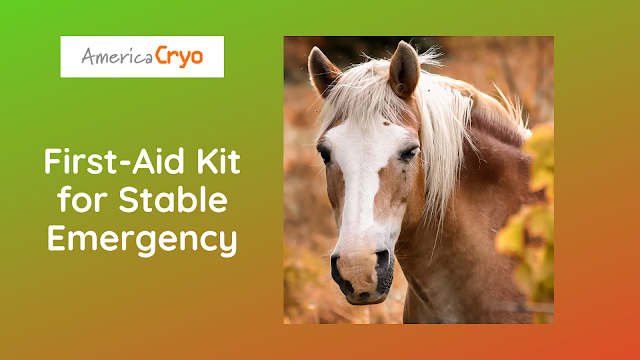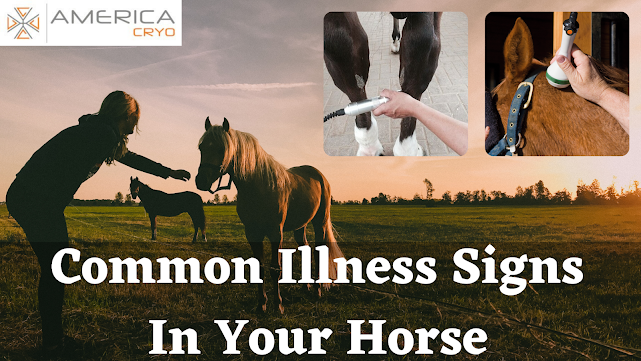First-Aid Kit for Stable Emergency
However, in a severe injury, you will be able to manage the situation until your veterinarian comes. Therefore, it is up to a horse owner to prepare themselves for whatever comes in their way. So, here are some must-haves while buying or making your first-aid kit for stable management.
First-Aid Kit for Stable Emergency
A first-aid kit having all the essential things stored in a prominent place is the best idea for every equine owner. It should be kept at a place where you can easily find it without any trouble whenever you’ll see a new horse injury. If you want, you may buy a kit or make it on your own.
Firstly, you need an airtight & waterproof box to keep the first-aid materials sterile. Also, it should always be ready to use. For this, you can use an airtight kitchen container. A sewing box or large fishing tackle box is having lots of compartments. Bring a bright red tape & mark the cover with a cross sign. Now, it is ready for use.
- Equine first-aid guide
- A rectal thermometer
- A stethoscope
- A pair of safety scissors & a couple of small, sharp scissors
- Latex gloves
- Saline solution & sterile cotton
- A lubricating jelly
- A flashlight
- Rubbing alcohol bottle
- Medical tape, duct tape, bandages & gauze square
- Forceps
- A hoof pick & knife, farrier’s rasp & nippers
- Hydrogen peroxide
- A wound cream
- Few equine therapy devices (Visit America Cryo)
Emergency preparations are equally crucial as stable management tasks within the equine barn. So, be prepared with this first-aid kit for any kind of equine emergency condition. I hope these tips will be useful for your equine.




Comments
Post a Comment